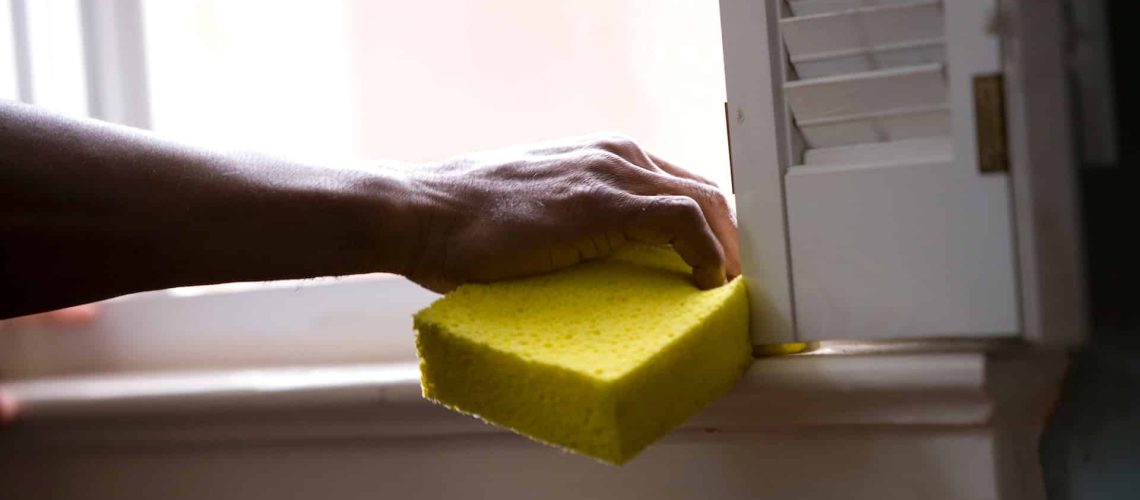Mold growth in Tulsa homes can pose significant health risks and cause long-term damage to your property. In Oklahoma’s warm and humid climate, mold can thrive in various environments, making it crucial for homeowners to understand the potential causes of mold growth, the dangers it presents, and effective preventative measures and remediation processes.
This comprehensive guide will explore the factors contributing to mold growth in Tulsa homes, the risks of leaving mold untreated, and crucial tips for preventing and removing mold. With the help of Restoration 1 of Tulsa, homeowners can rely on professional mold removal services to protect their property and maintain a healthy living environment.
Factors Contributing to Mold Growth in Tulsa Homes
To effectively tackle mold issues in your home, it’s essential to understand the factors contributing to mold growth. The most significant factors include:
1. Humidity and Condensation: In Tulsa’s climate, increased humidity and condensation can provide the perfect conditions for mold growth. This is especially true during the hot and humid summer months.
2. Leaks and Water Damage: Water damage from leaks, floods, or excessive moisture in the home can result in persistent dampness and encourage mold growth.
3. Inadequate Ventilation: Poor airflow within the home can lead to increased humidity and unwanted moisture build-up, enabling mold to thrive.
By recognizing the factors that contribute to mold growth, homeowners can take proactive steps to prevent and address mold issues in their homes.
The Dangers of Untreated Mold Growth
Leaving mold untreated in your home can lead to several potential issues:
1. Health Risks: Exposure to mold can cause allergic reactions, respiratory issues, and even more severe health conditions for those with compromised immune systems.
2. Structural Damage: Persistent mold growth can weaken and damage various materials in your home, such as wood, drywall, and insulation.
3. Lower Property Value: Mold infestations can decrease your home’s value and make it challenging to sell.
Given the potential dangers of untreated mold growth, swift action is crucial.
Common Types of Mold Found in Tulsa Homes
Understanding the different types of mold you may encounter in your home is essential. Common types include:
1. Aspergillus: Typically found indoors, Aspergillus can cause respiratory issues and allergic reactions in sensitive individuals.
2. Cladosporium: This mold can grow in both warm and cool conditions, causing respiratory and sinus issues.
3. Penicillium: Often found in water-damaged materials, Penicillium can cause allergic reactions and respiratory problems.
4. Stachybotrys (Black Mold): Black mold is particularly concerning due to its potential to cause severe health issues, particularly respiratory problems.
Always consult a professional mold remediation service to deal with any mold growth in your home.
The Mold Removal Process – What to Expect
When dealing with mold growth, it’s crucial to understand the mold removal process. Here’s what you can expect when working with Restoration 1 of Tulsa:
1. Inspection and Assessment: Our experts will conduct a thorough mold inspection to identify the type of mold, its source, and the extent of mold growth.
2. Containment and Preparation: Mold-damaged areas will be contained using physical barriers and negative air pressure to prevent further contamination.
3. Mold Remediation: Using advanced techniques and equipment, our team will remove mold-affected materials, clean surfaces, and decontaminate the area.
4. Repair and Restoration: We’ll repair and replace damaged materials, ensuring your home returns to its original condition.
DIY Mold Removal vs. Professional Services – The Risks and Benefits
Homeowners often wonder whether they can tackle mold removal on their own. While DIY mold removal may seem more cost-effective, there are risks and drawbacks to consider:
1. Health Risks: DIY mold removal may expose you to potentially harmful mold spores, thereby increasing your health risks.
2. Incomplete Removal: Inadequate mold removal can lead to persistent growth and hidden mold issues, causing further damage in the long run.
3. Inexperience: Without professional training and equipment, it may be challenging to achieve thorough mold removal and ensure the area is adequately dried and sanitized.
Professional services, like those offered by Restoration 1 of Tulsa, ensure that mold removal is comprehensive and effectively addresses the root causes, providing a safer and healthier environment for your family.
Preventative Measures to Avoid Future Mold Growth
Preventing mold growth is an ongoing process. Follow these tips to minimize the risk of future mold issues:
1. Regularly Inspect for Leaks: Periodically check your home for any signs of leaks or water damage, particularly in areas like your roof, plumbing system, and basement.
2. Ensure Effective Home Insulation: Properly insulating your home can help prevent condensation and moisture buildup that can lead to mold growth.
3. Address Humidity: Use dehumidifiers, HVAC systems, or open windows to maintain appropriate humidity levels in your home. In addition, ensure proper ventilation in areas prone to moisture, like bathrooms and kitchens.
4. Clean Regularly: Regularly clean and dust your home, focusing on damp and humid areas that may provide a breeding ground for mold spores.
Proactively Tackle Mold Growth in Tulsa Homes with Restoration1’s Expert Services
Protecting your Tulsa home from mold growth requires vigilance, preventative measures, and prompt action in the face of mold issues. Trust the professionals at Restoration 1 of Tulsa to effectively handle your mold remediation needs and help maintain a safe, healthy living environment for you and your family.
Don’t let mold growth compromise the health and safety of your home. Contact Restoration 1 of Tulsa today for expert mold removal and prevention services. Together, we can safeguard your home and ensure a mold-free living space.


